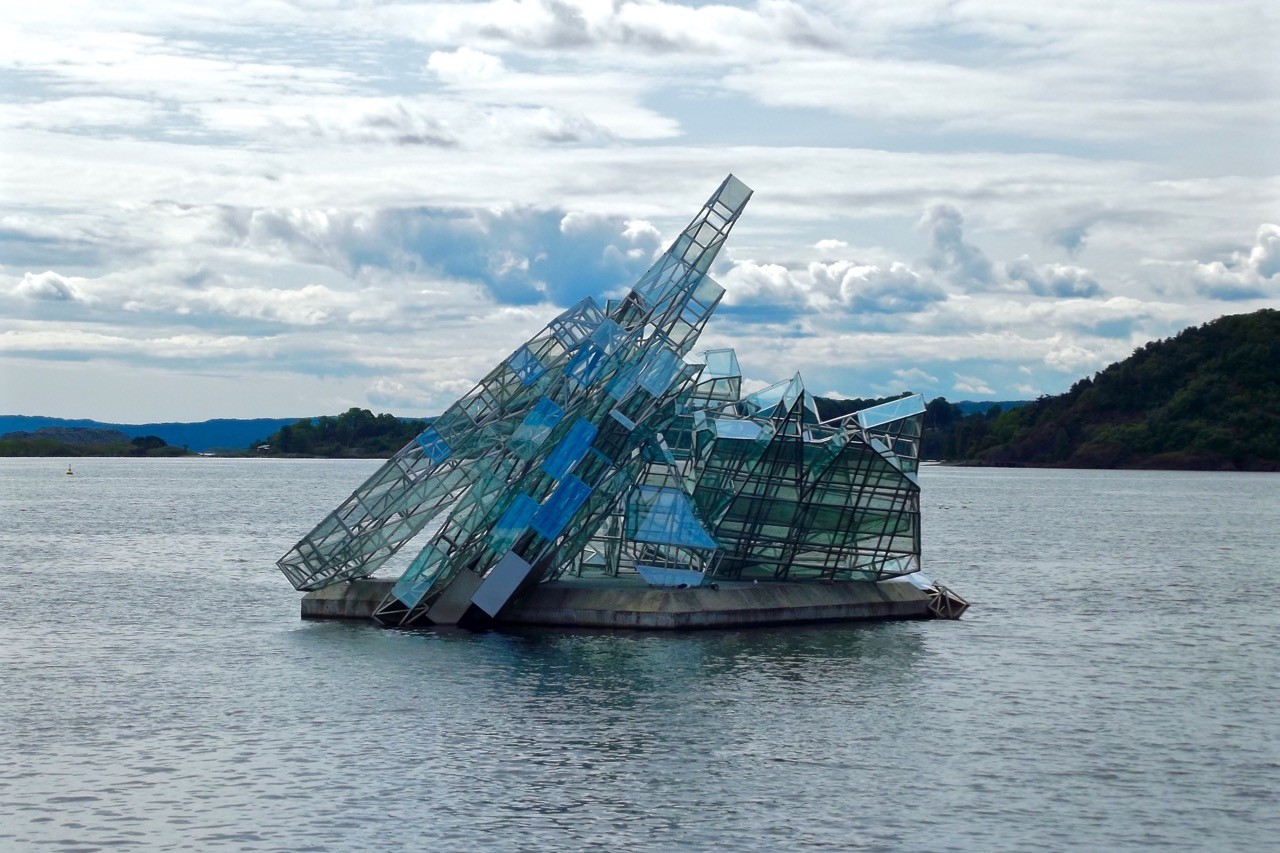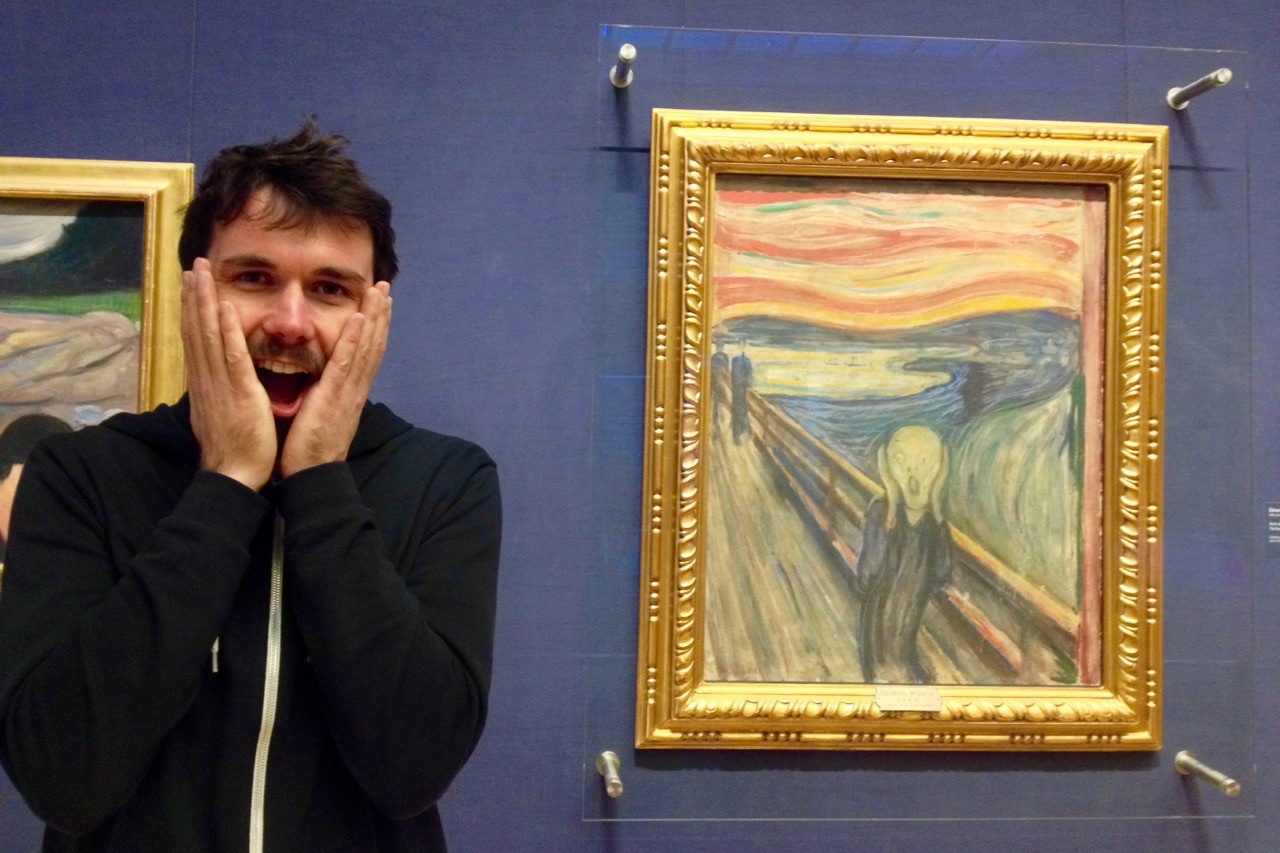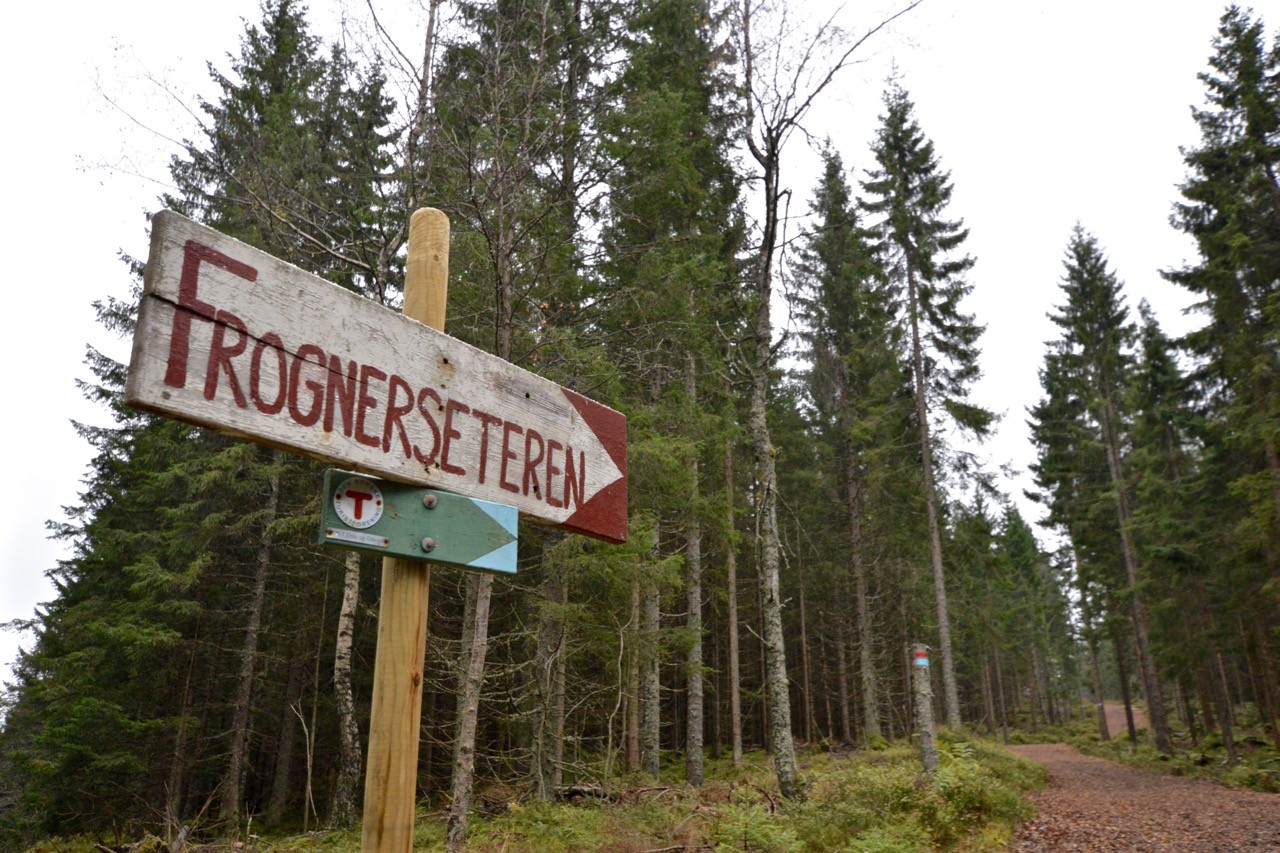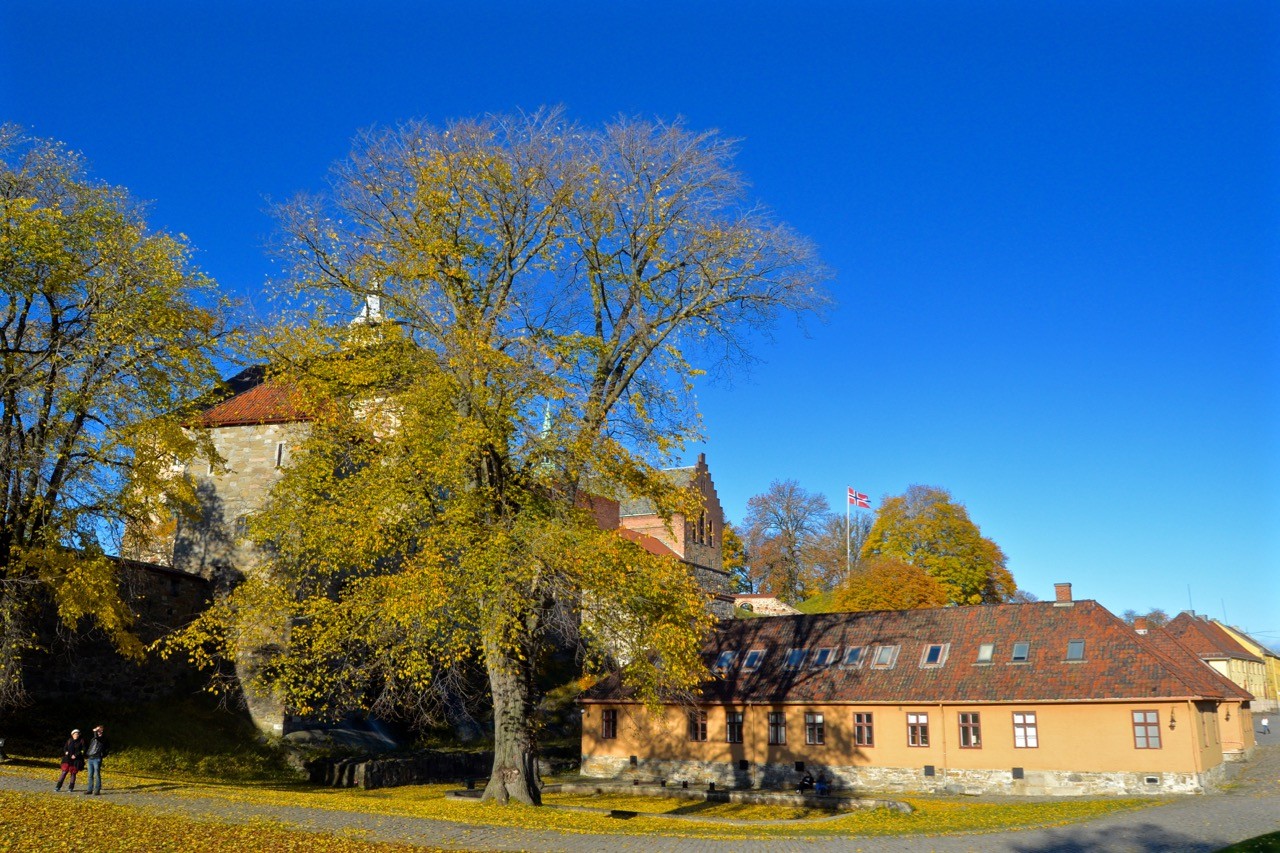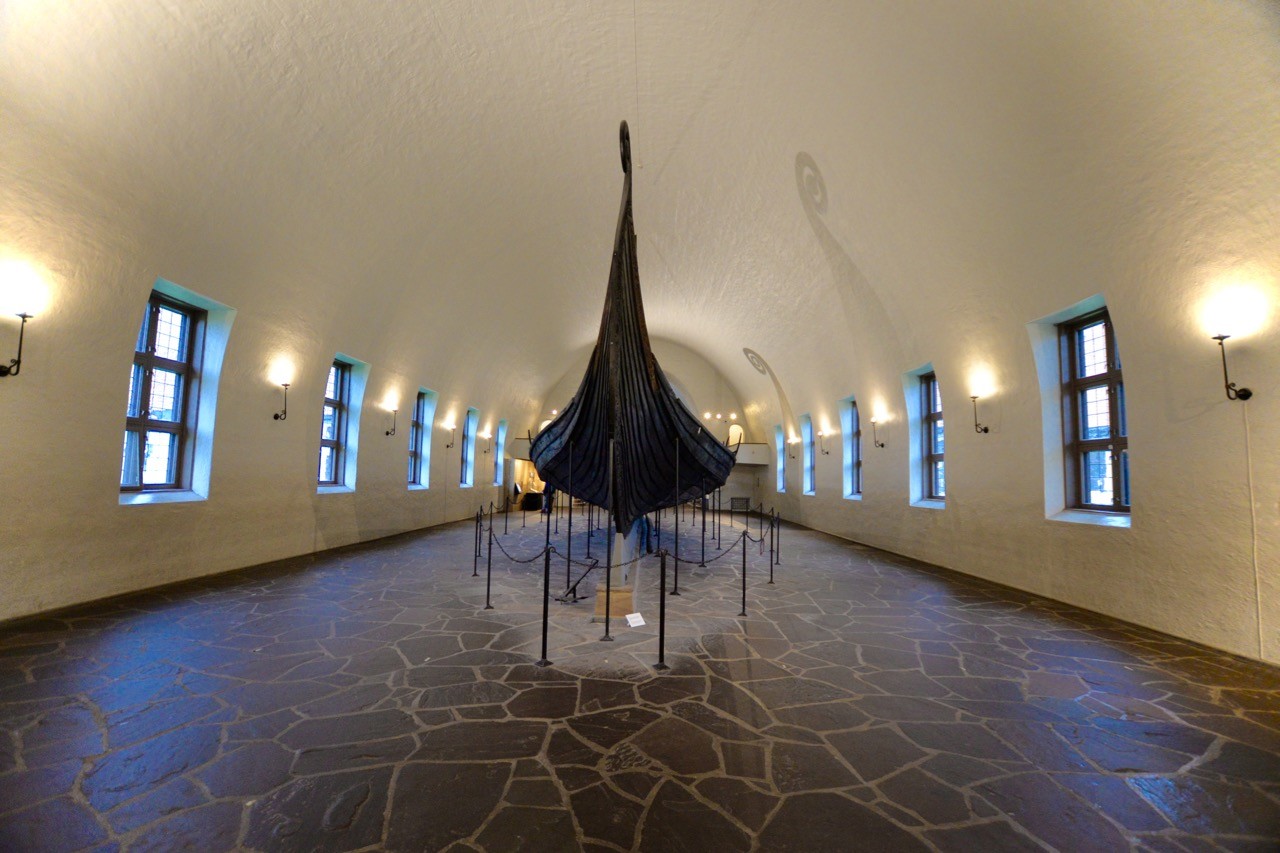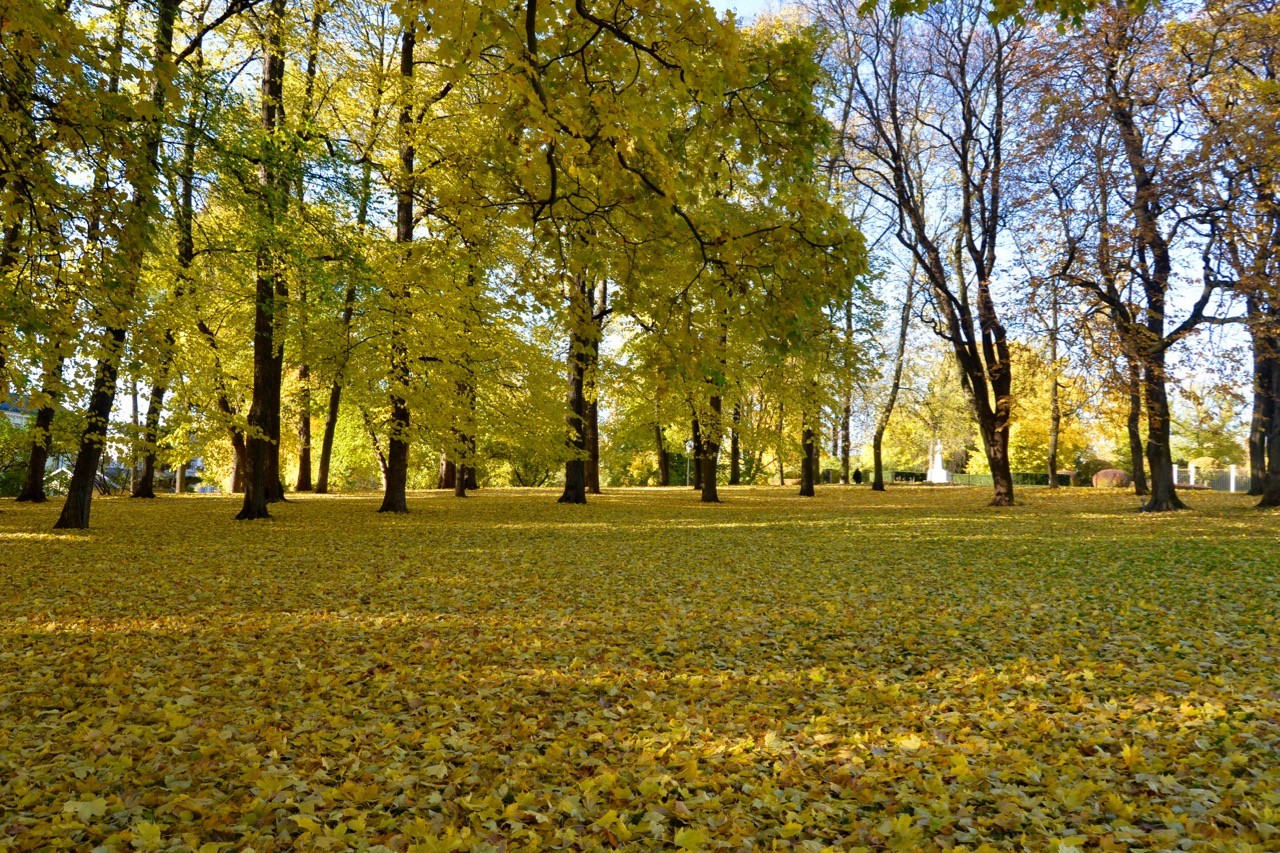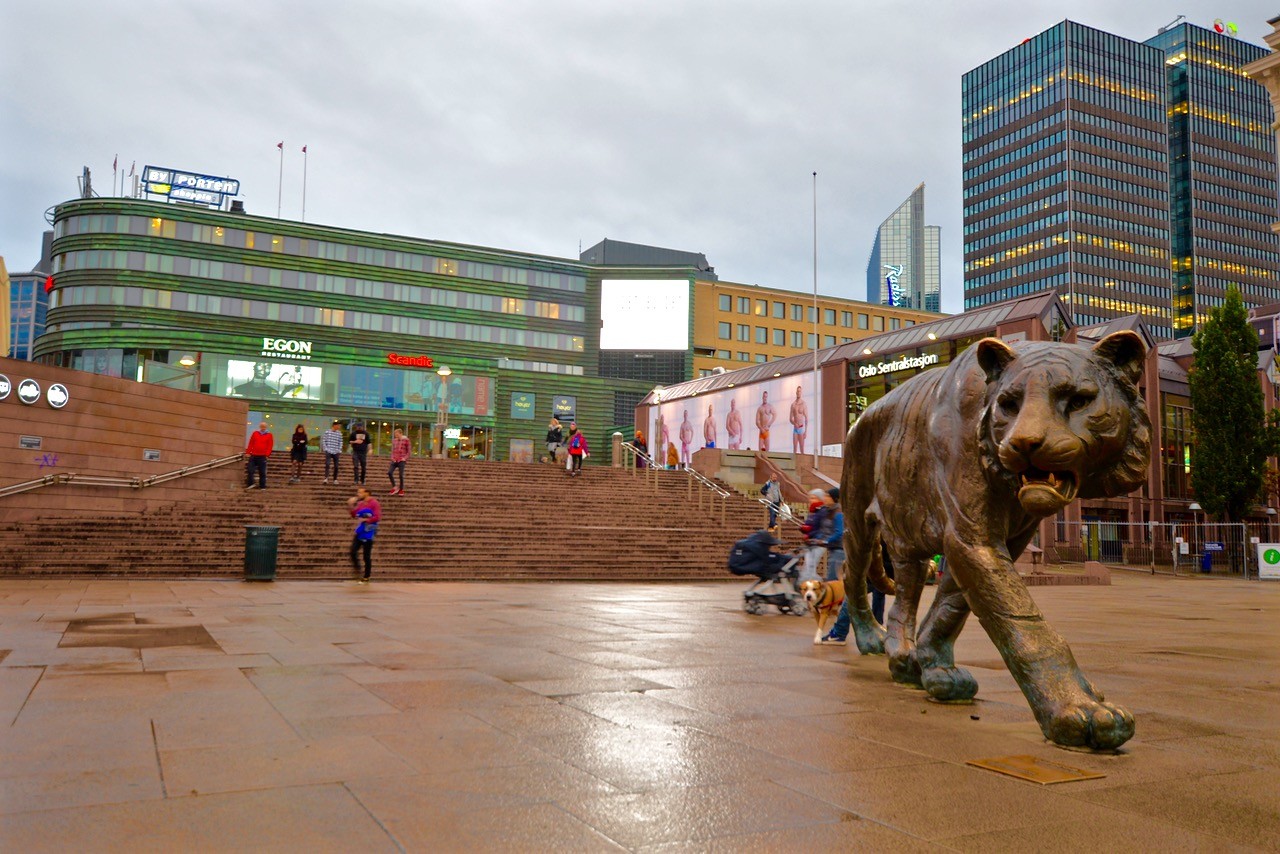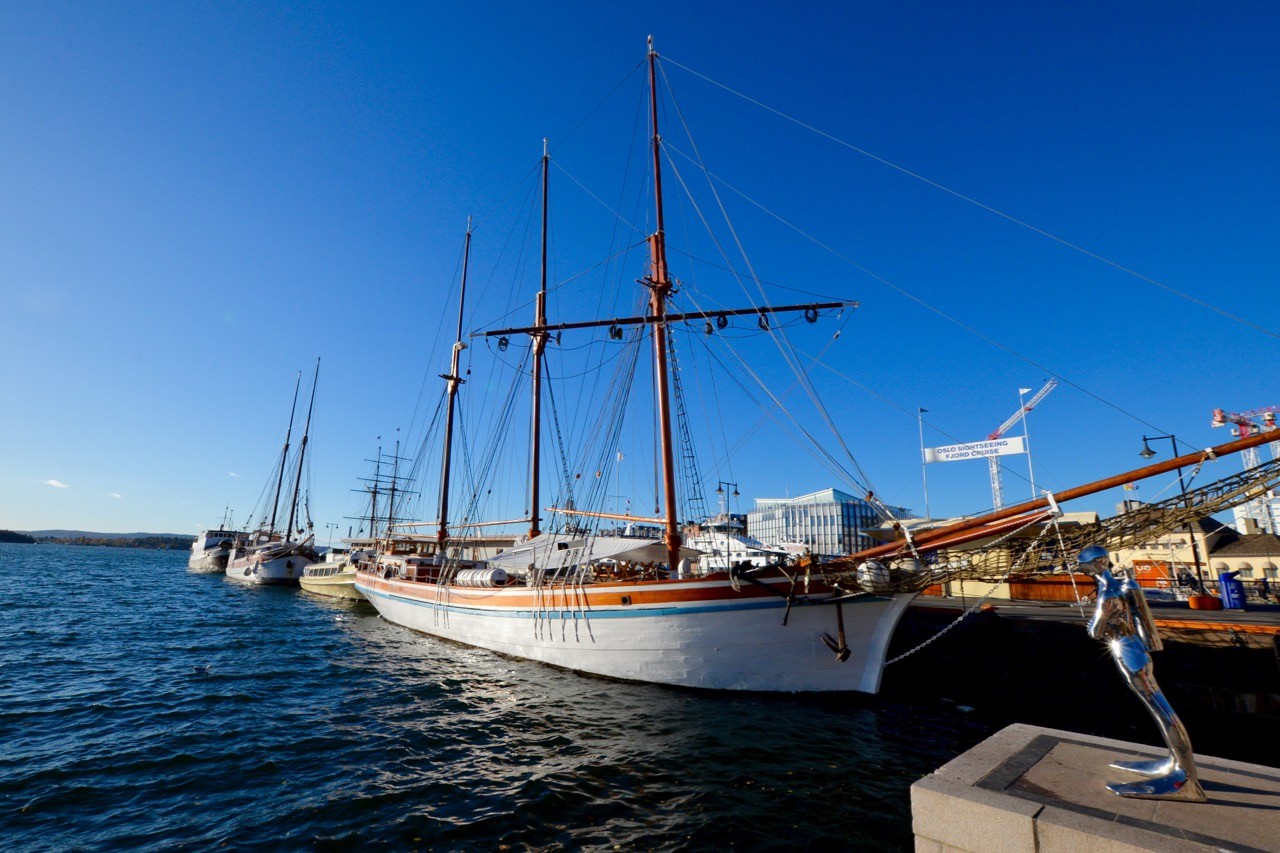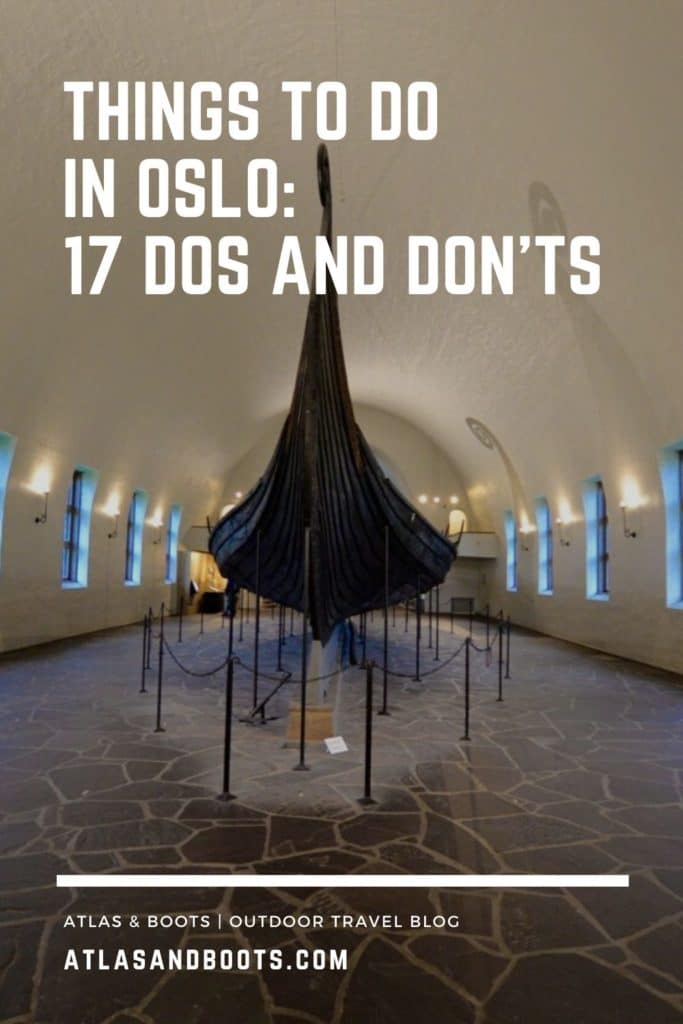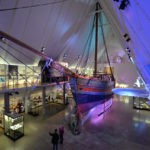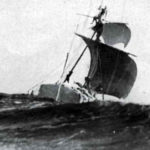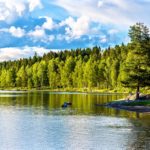There are plenty of things to do in Oslo: the city is home to fascinating museums, vibrant art galleries and has excellent access to the countryside
We went to Norway to see the northern lights but couldn’t leave without a few nights in the capital. There are plenty of interesting things to do in Oslo. The city is home to a blend of fascinating heritage, intriguing museums, vibrant art galleries and excellent access to the countryside, all set amid a serene waterside location.
Norway is the land of Vikings, polar exploration, the Nobel Prize and Edvard Munch – and it’s all on display in Oslo.
Below, we offer tips and suggestions for the best things to do in Oslo – and a few to avoid along the way.
1. Do buy an Oslo Pass which includes free entry to more than 30 Oslo museums and attractions, as well as free travel on all public transport. The pass comes in three denominations:
24 hours: 335 NOK (40 USD)
48 hours: 490 NOK (58 USD)
72 hours: 620 NOK (74 USD) – we opted for this one
2. Do take a fjord sightseeing cruise to get a lay of the land (or sea). Just be aware that during the winter it will probably be windy, wet and definitely cold, so wrap up warm.
3. Don’t be fooled by the misleading posters around Oslo. The Munchmuseet does not house the most famous version of Edvard Munch’s The Scream. Instead, you’ll find the iconic painting at the Nasjonalmuseet.
4. Don’t be embarrassed to take a silly photograph in front of The Scream when you do visit. You won’t be the first, or last, to do so.
5. Do be prepared to pay premium prices. Norway is an expensive destination at the best of times and Oslo is its capital city and cosmopolitan centre.
6. Don’t fly into Torp Sandefjord or Rygge airports if you can help it. Although the budget airlines serve these airports, travelling to and from them eats into your time and budget. We recommend using Oslo Gardermoen (Oslo Lufthavn) if possible.
7. Do take a hike in the surrounding countryside. The extensive network of Oslo hiking trails can be easily accessed with the city’s metro system.
8. Do wander the grounds of the Akershus Fortress for panoramic views of the city and the Oslofjord.
9. Do consider the seasons before visiting Oslo. Not only is the weather noticeably different but opening hours and transport options change from season to season. From late autumn, the ferries stop running, meaning buses are the only alternative.
10. Do visit the Bygdøy peninsula where there are several noteworthy museums including the Kon Tiki, Fram, Viking Ship and Norwegian Folk museums. All are within a 15-minute walk of each other.
11. Don’t overlook the Nobel Peace Center. The centre houses a number of intriguing exhibitions as well as a cosy café and shop.
12. Don’t forget to take a stroll through the quiet and relaxing parks surrounding the Royal Palace. We visited in autumn when the leaves were yellow and it really was quite beautiful.
13. Do make use of the excellent Visit Oslo Visitor Center and the Ruters Kundesenter. Both are located in the city centre and are full of helpful and friendly staff.
14. Do take the time to wander the city centre taking in the countless historic buildings, monuments and works of art dotted throughout the city.
15. Don’t stay too far out from the centre. Oslo is a very ‘walkable’ city and it’s best enjoyed on foot where possible.
16. Do explore the rather swanky area of Aker Brygge along the waterfront. There are numerous shops, cafés and restaurants to enjoy, excellent views across the Oslofjord and it doesn’t cost a thing to wander the quayside enjoying the fresh sea air.
17. Do take a look around, inside and on top of the Oslo Opera House. Even if you have no intention of watching a performance, the building is fascinating; it’s the world’s first opera house that lets you walk on the roof! Guided tours are also available.
18. Finally, don’t worry about the language barrier – everybody speaks English! (Although, we always recommend learning a few basics.)
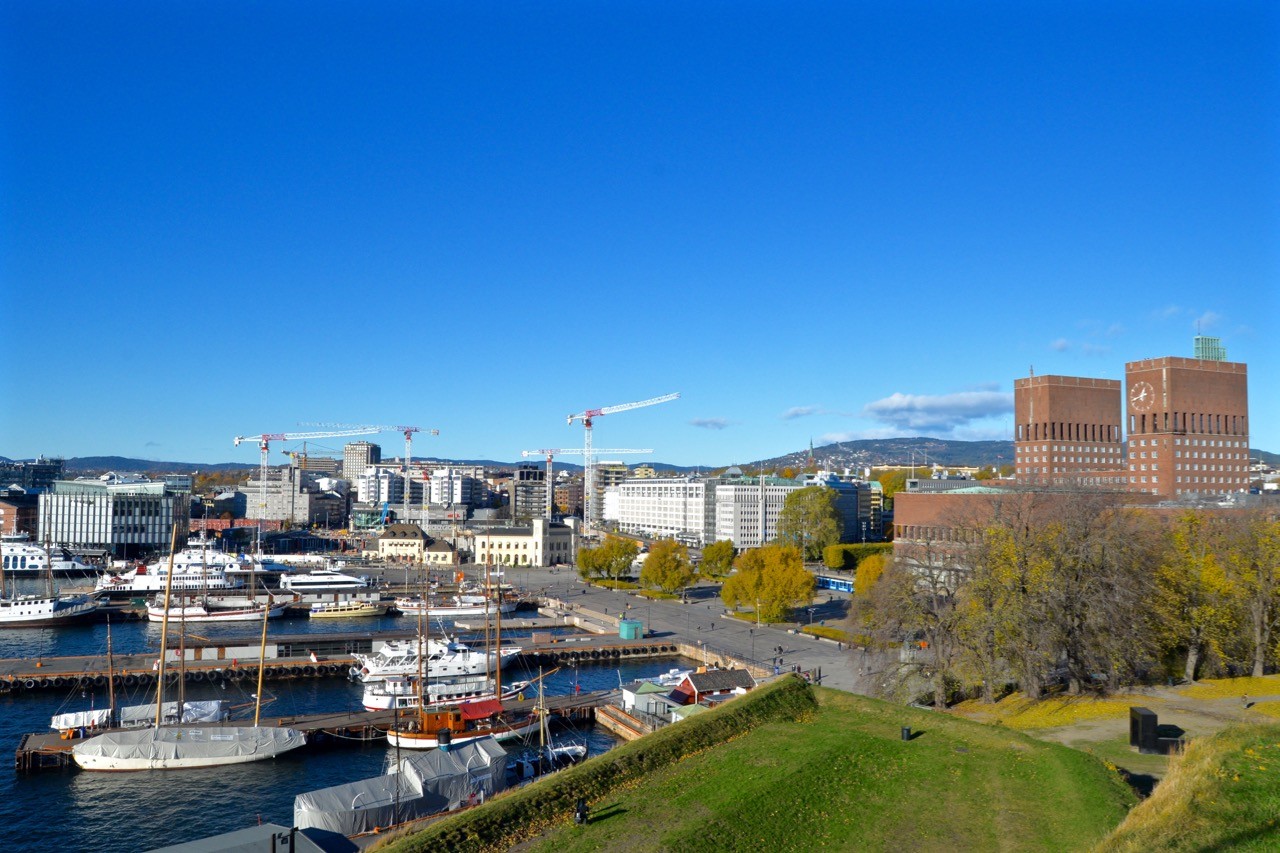
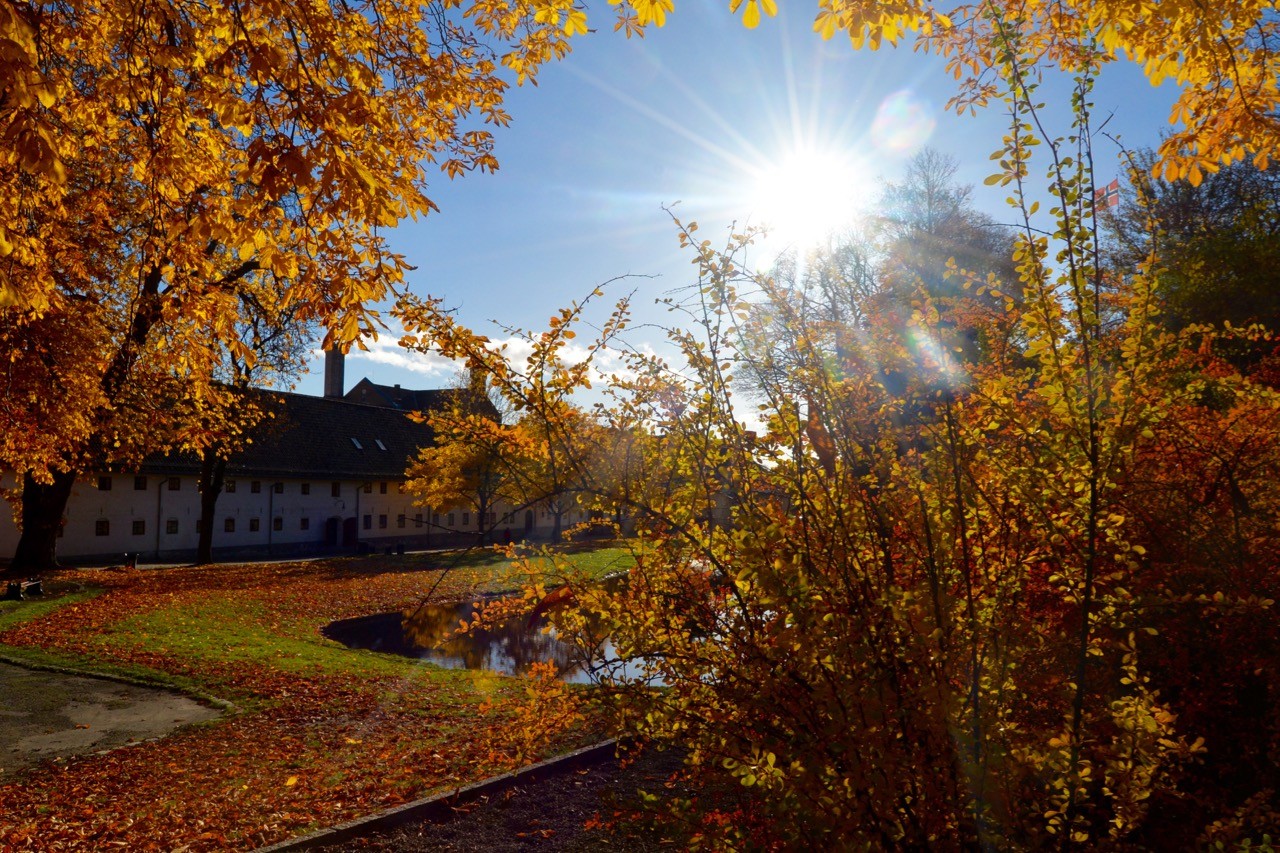
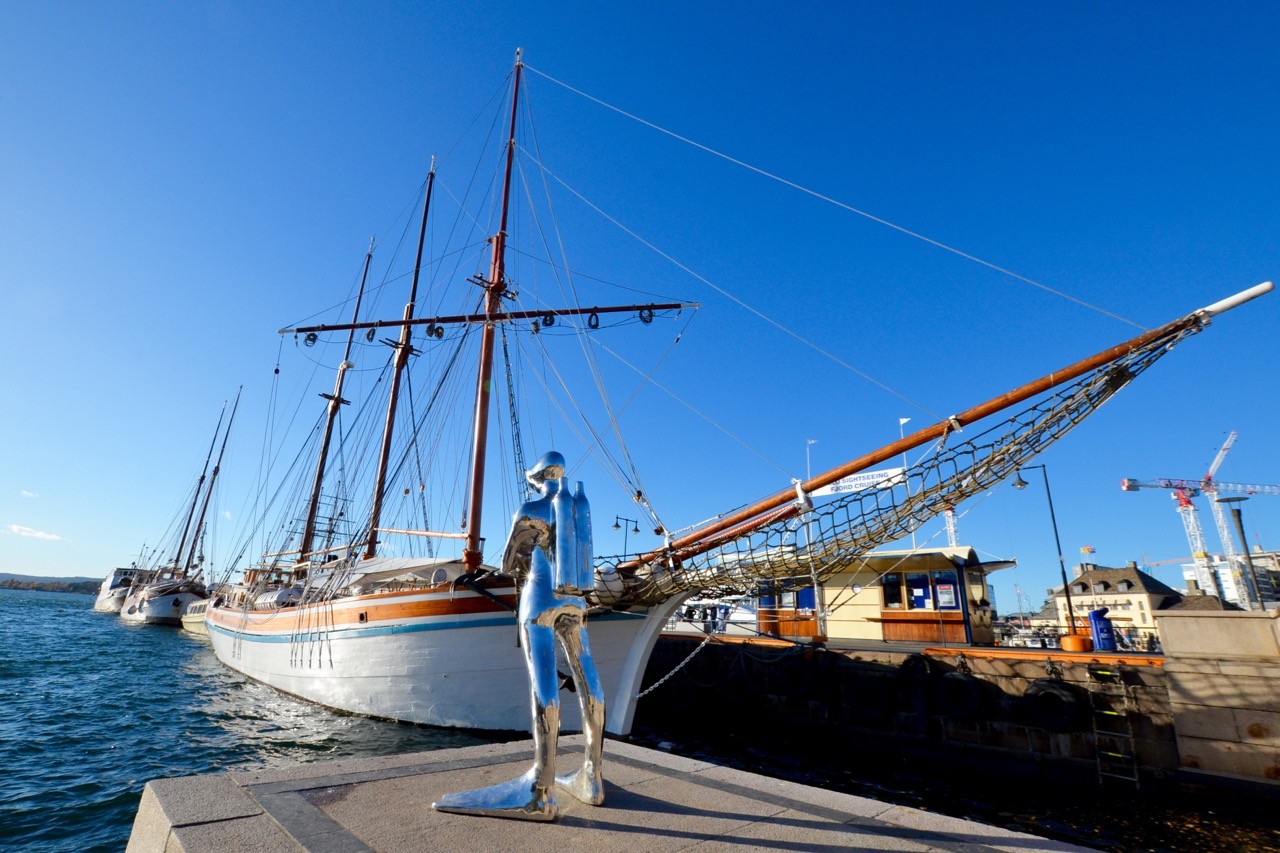
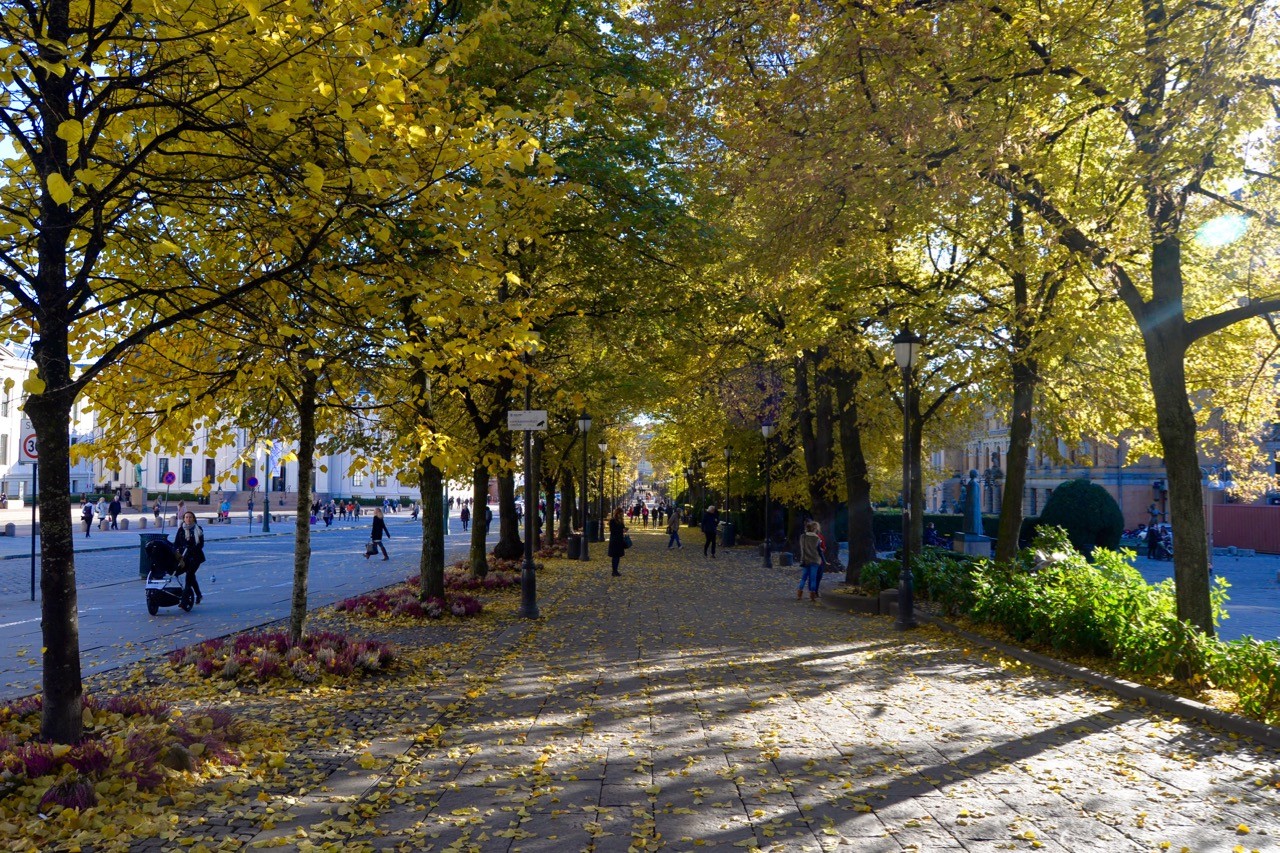
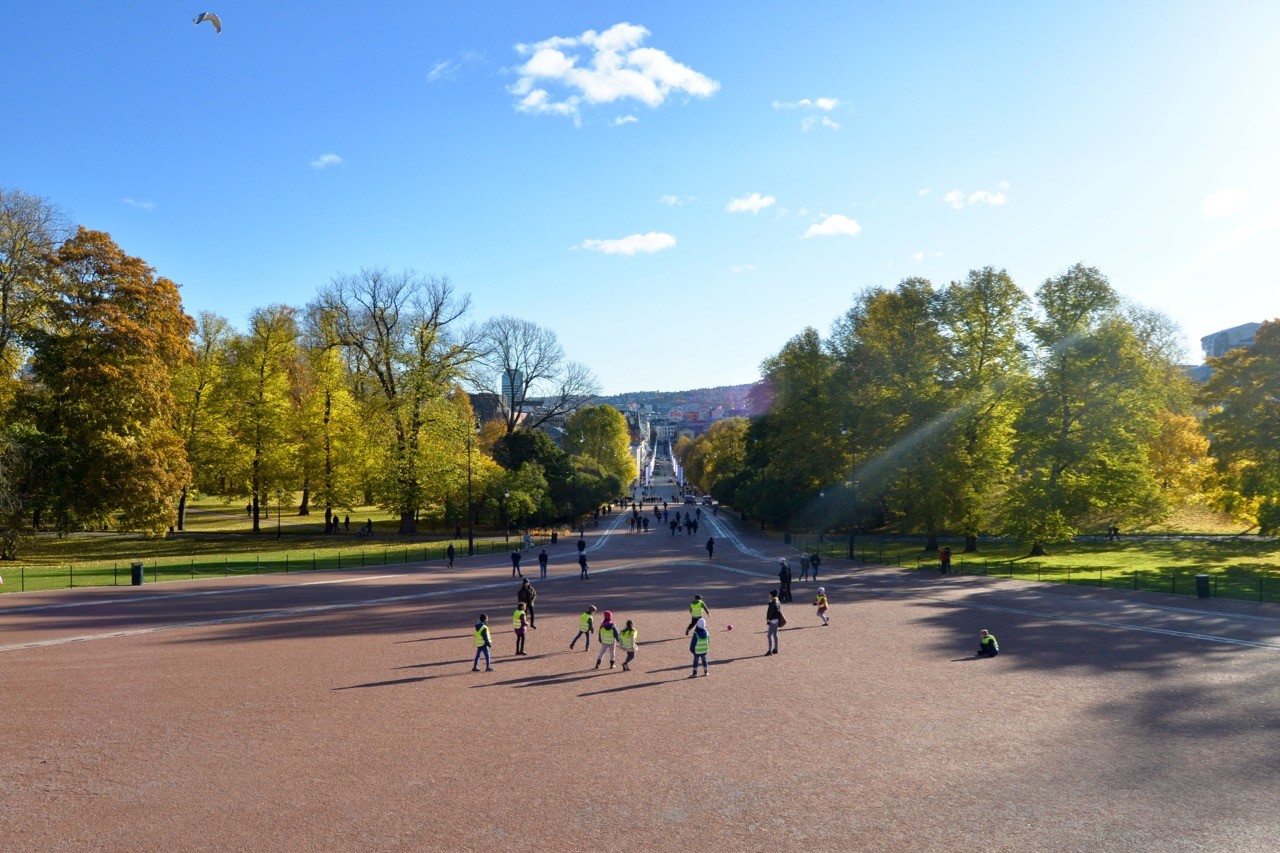
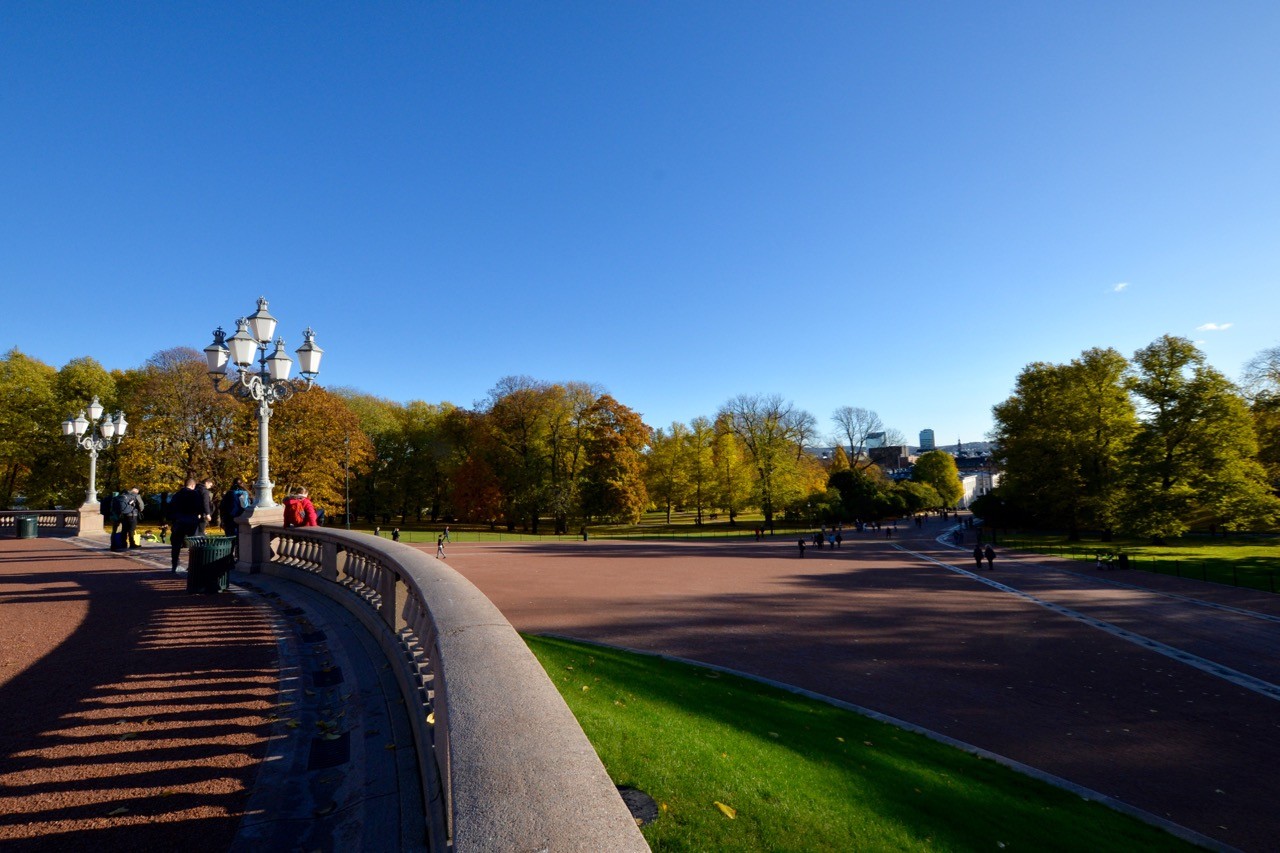
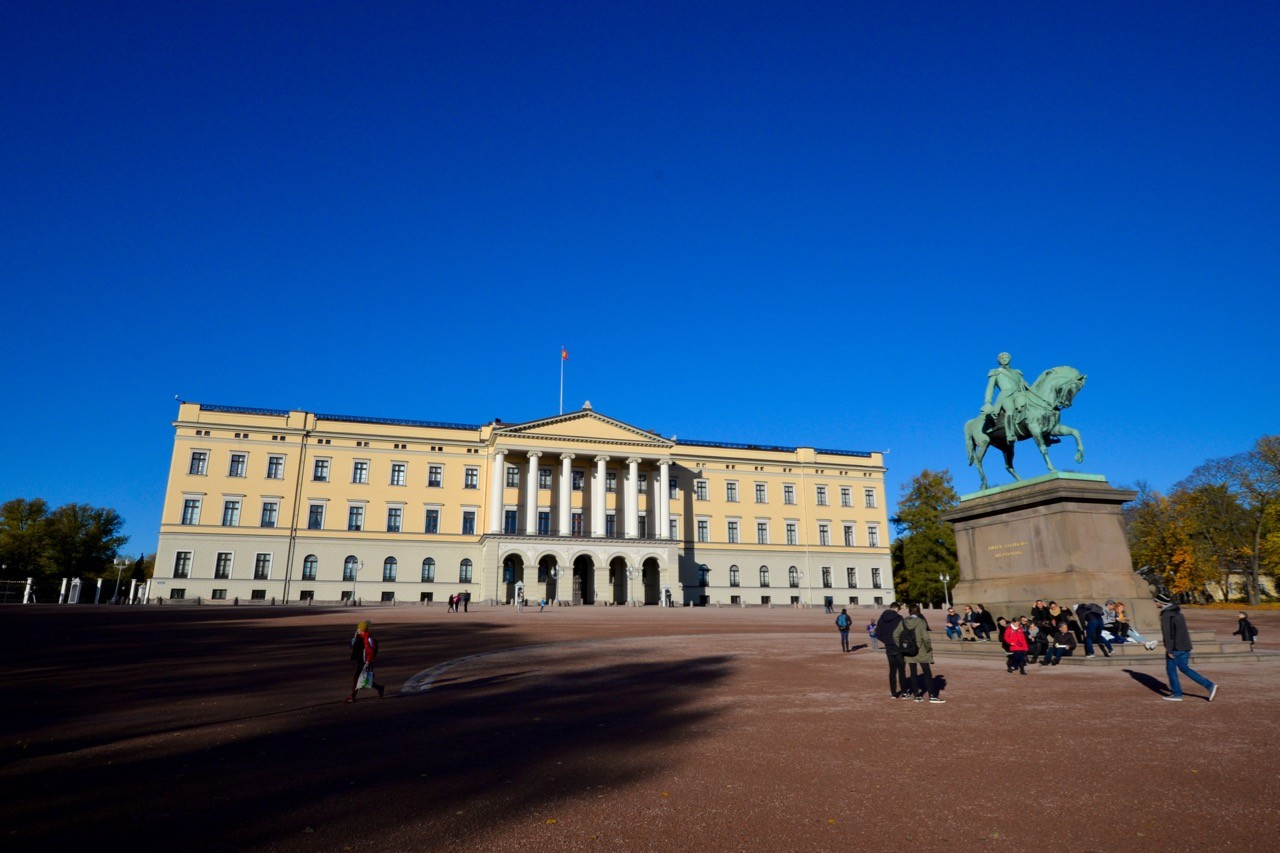
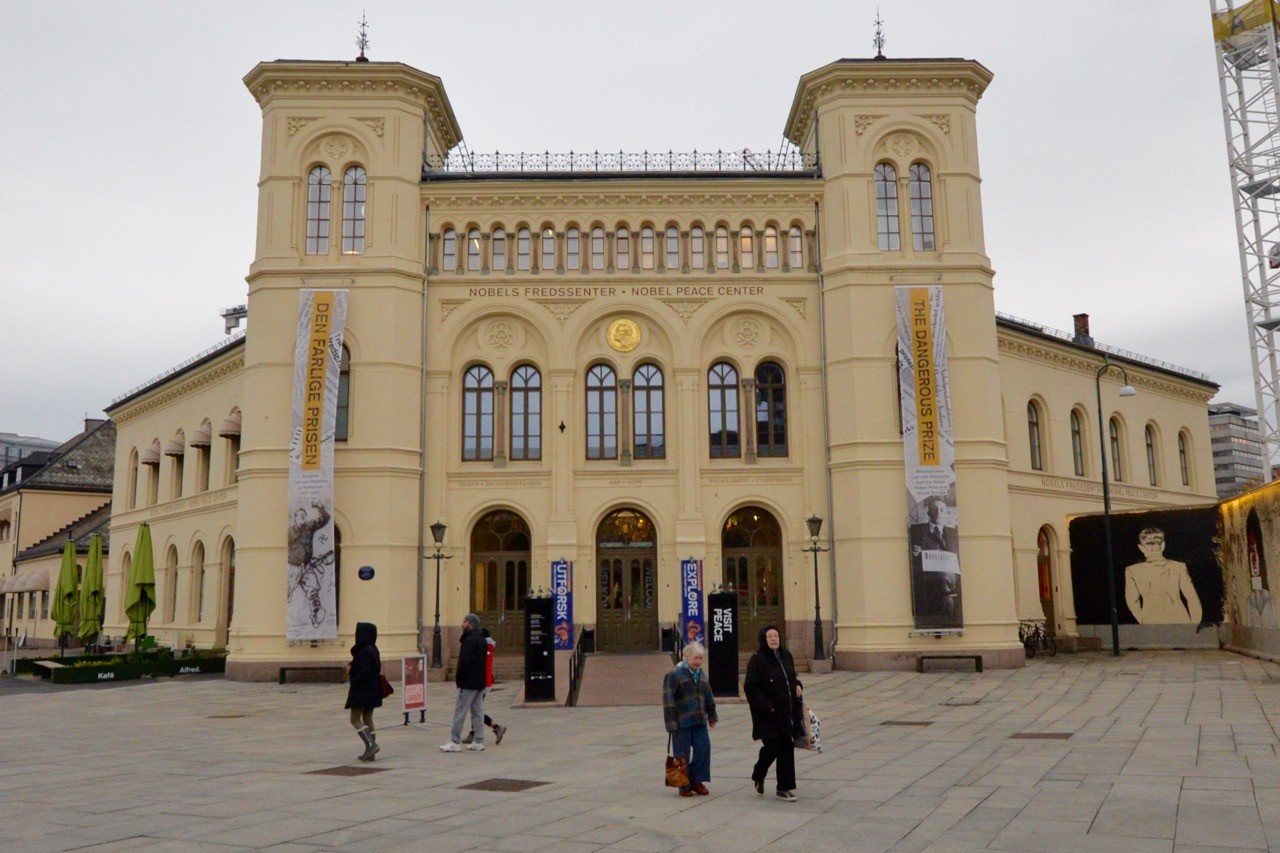
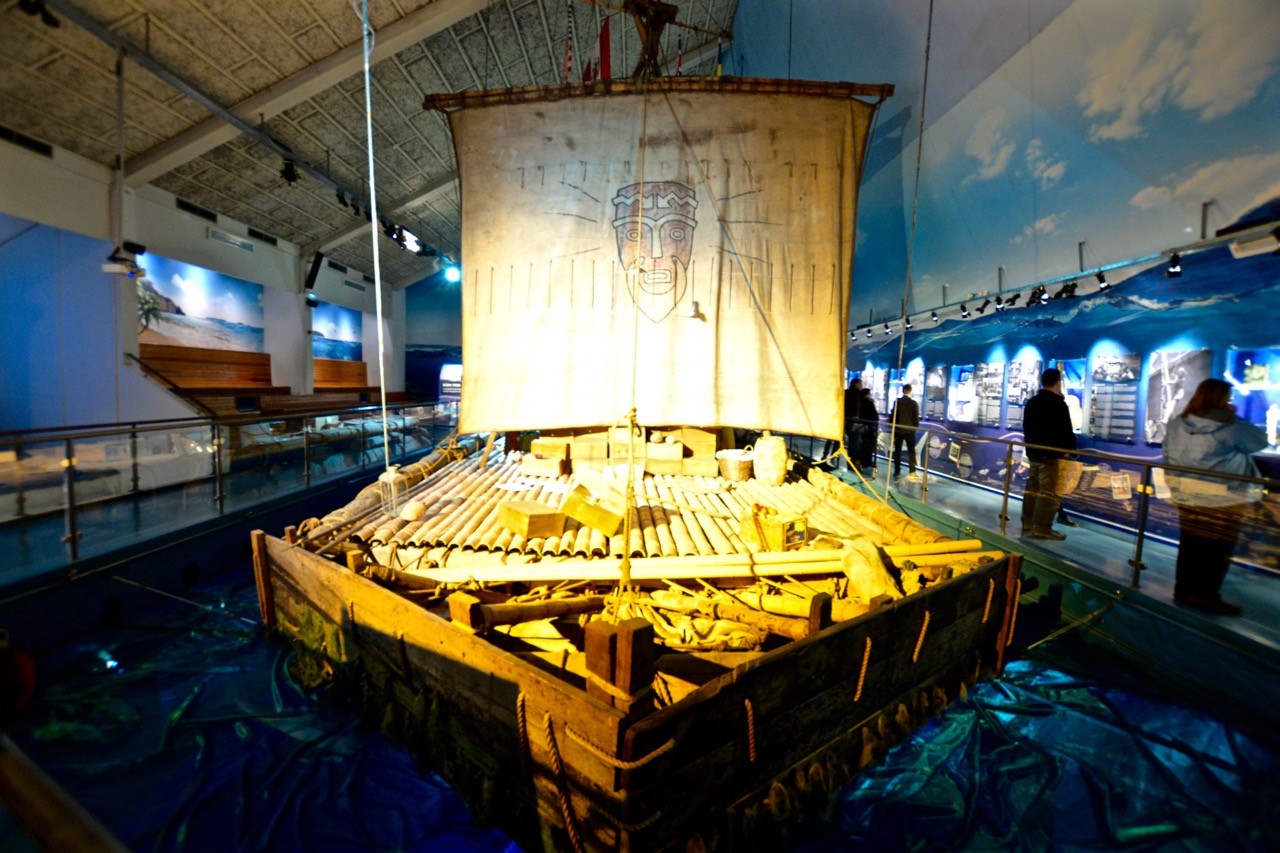
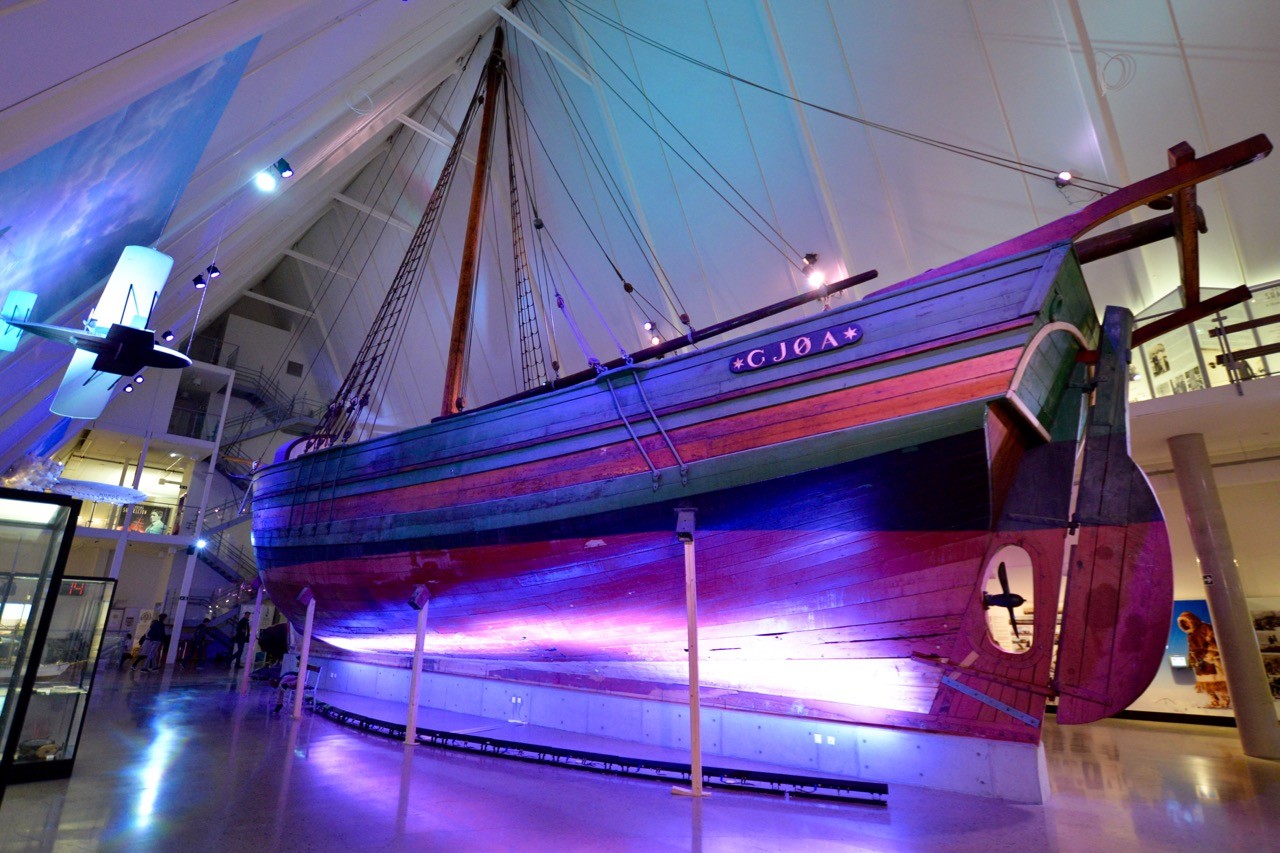
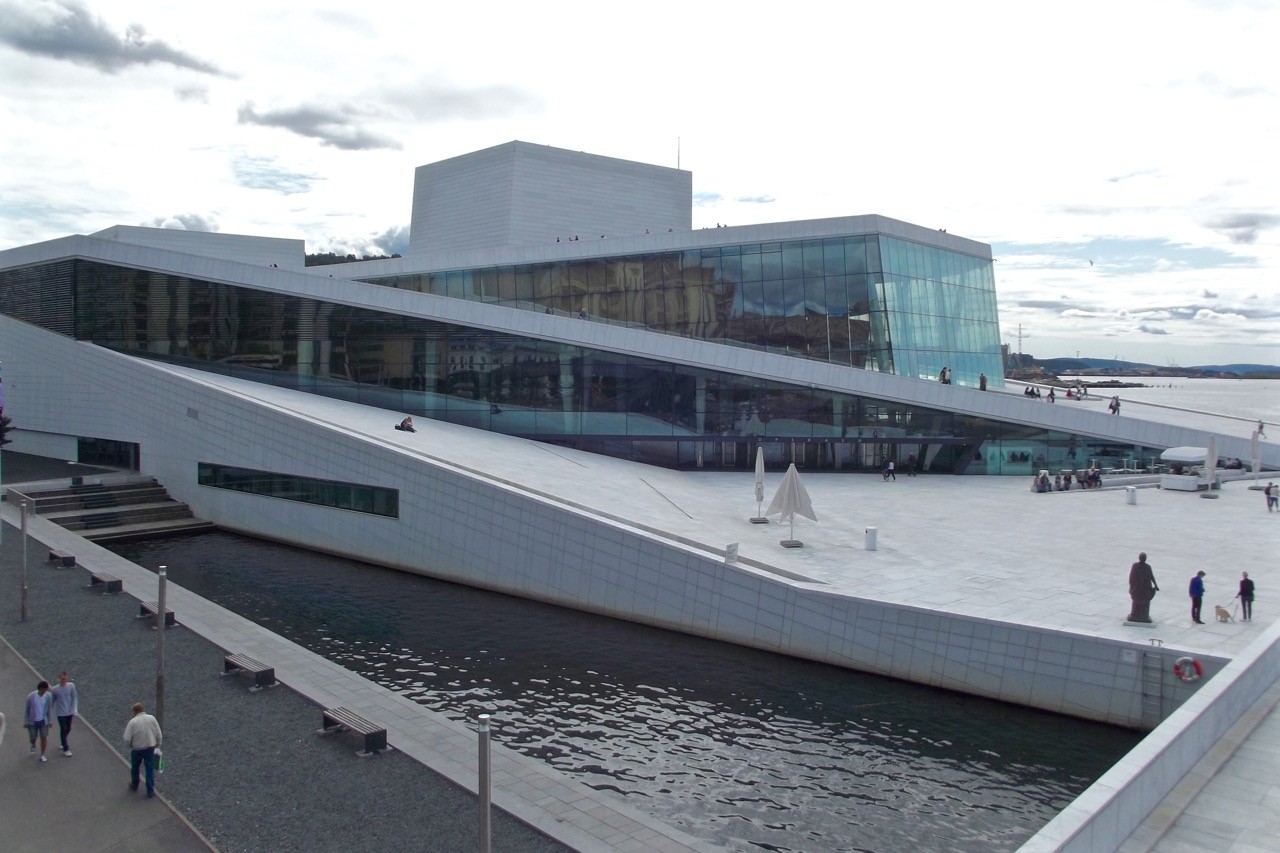
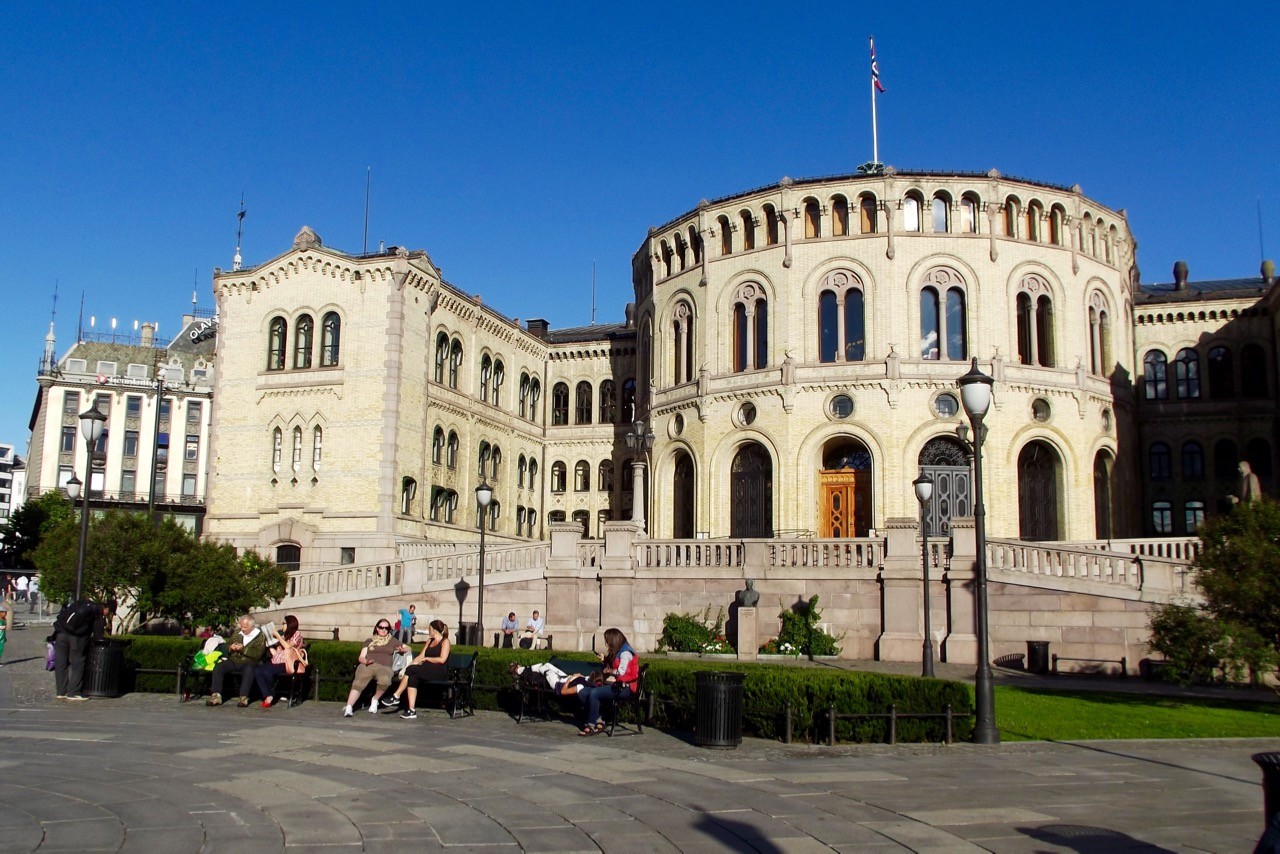
Things to do in Oslo: The Essentials
What: Things to do in Oslo, Norway.
Where: We stayed at Scandic Vulkan Hotel, a contemporary and eco-friendly hotel in the vibrant neighbourhood of Vulkan, not far from the centre of Oslo. The hotel is Norway’s first Energy Class A hotel – meaning that it generates almost all of its own energy.
The stylish rooms have floor-to-ceiling windows providing views across the surrounding neighbourhoods while the breakfasts – complete with waffle maker and cappuccino machines – are bountiful!
Right next door is the Mathallen food hall with a range of boutique restaurants and bars as well as the river Akerselva, perfect for post-breakfast walks.
When: For the best weather, spring and summer (May to August) are the best times to visit Oslo. Out of season, you can expect the days to be cold and wet beneath dark skies.
From late autumn, the ferries stop running, meaning buses are the only alternative. Although regular, the buses are nowhere near as enjoyable as the ferries and offer far more mundane views.
How: We flew from London to Oslo via a budget airline. Book via Skyscanner for the best prices.
Oslo is served by three airports: Gardermoen, Torp Sandefjord and Rygge. We recommend using Gardermoen if possible as the other two are further out and require a longer and more expensive transfer. All airports are served by trains and buses. More information can be found on the Visit Oslo website.
Enjoyed this post? pin it for later…
For more things to do in Oslo get the Lonely Planet Guide to Norway.
